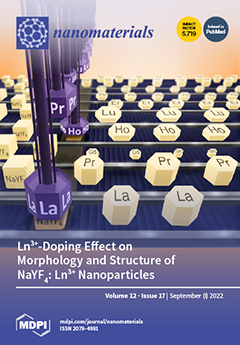An evaluation of the ameliorative effect of pomegranate peel extract (PPE) in counteracting the toxicity of iron oxide nanoparticles (Fe
2O
3-NPs) that cause hepatic tissue damage is focused on herein. Forty male albino mice were haphazardly grouped into four groups as follows: the first control group was orally gavage daily with physiological saline; the second group received 100 mg/kg of PPE by the oral route day after day; the third group received 30 mg/kg Fe
2O
3-NPs orally; and the fourth group received both PPE and Fe
2O
3-NPs by the oral route, the same as the second and third sets. Later, after the completion of the experiment, we collected the liver, blood, and bone marrow of bone specimens that were obtained for further laboratory tests. For instance, exposure to Fe
2O
3-NPs significantly altered serum antioxidant biomarkers by decreasing the levels of total antioxidant capacity (TAC), catalase (CAT), and glutathione s-transferase (GST). Additionally, it caused changes in the morphology of hepatocytes, hepatic sinusoids, and inflammatory Kupffer cells. Furthermore, they significantly elevated the number of chromosomal aberrations including gaps, breaks, deletions, fragments, polyploidies, and ring chromosomes. Moreover, they caused a significant overexpression of TIMP-1, TNF-α, and BAX mRNA levels. Finally, the use of PPE alleviates the toxicity of Fe
2O
3-NPs that were induced in the hepatic tissues of mice. It is concluded that PPE extract has mitigative roles against the damage induced by Fe
2O
3-NPs, as it serves as an antioxidant and hepatoprotective agent. The use of PPE as a modulator of Fe
2O
3-NPs’ hepatotoxicity could be considered as a pioneering method in the use of phytochemicals against the toxicity of nanoparticles.
Full article






